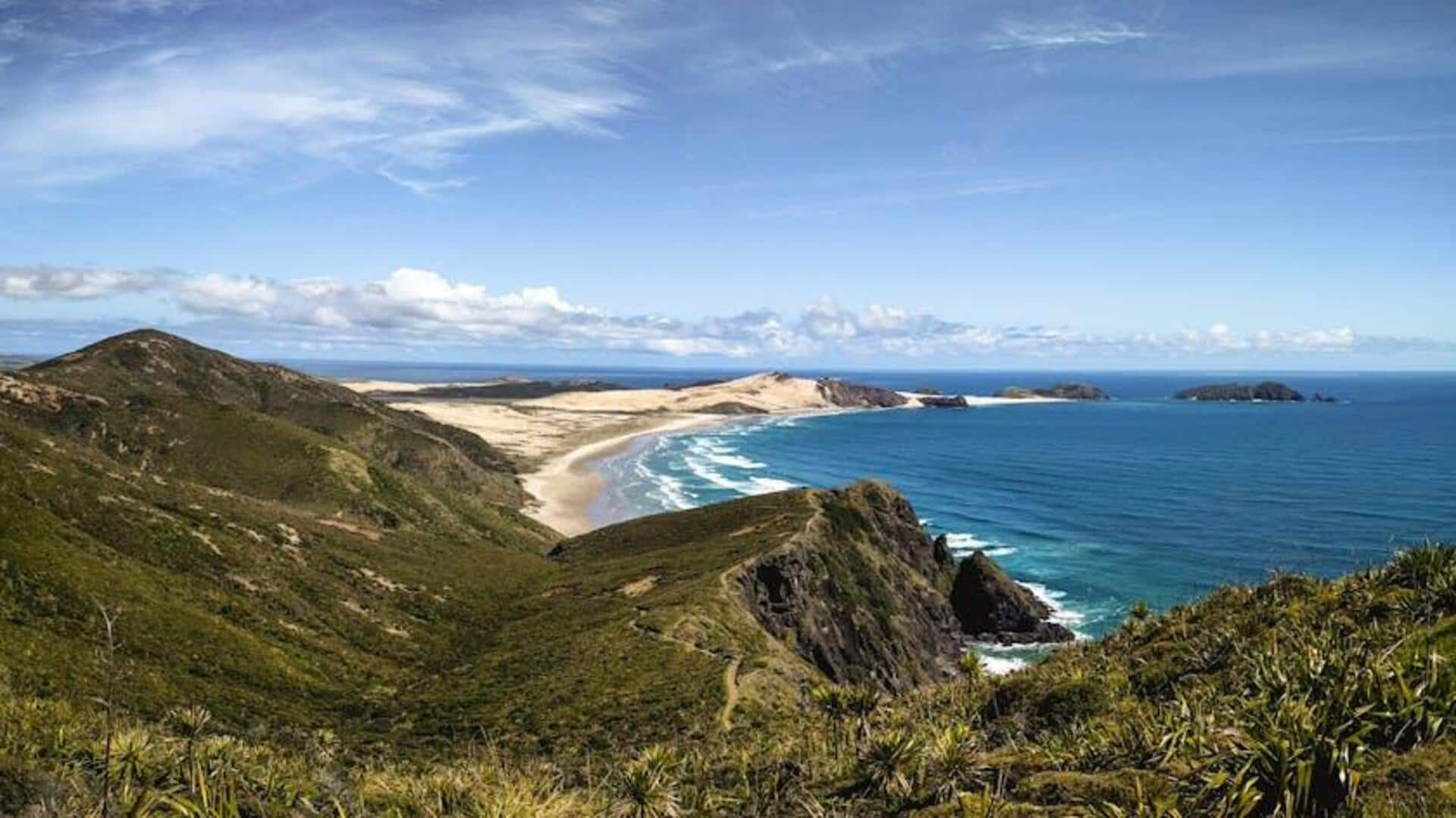
Uninhabited wildlife islands: A must-explore haven
What's the story
Uninhabited wildlife islands are the perfect adventure for nature lovers.
These islands, mostly remote and isolated, are one of the few places where you can see the diversity of ecosystems and wildlife in their natural habitat.
Without human settlements, these islands remain pristine and are ideal for eco-tourists and adventurers.
However, such places should be visited keeping in mind minimal impact on these delicate ecosystems.
Island selection
Choose the right island
Selecting the right island is the key to your adventure.
Research on different uninhabited islands famous for their wildlife diversity. Consider factors like accessibility, climate, and the kind of wildlife you want to observe.
Some islands may have unique bird species, while others could have a rich marine life.
Make sure to have all necessary permits if needed by local authorities prior to planning your visit.
Travel planning
Plan your travel logistics
Traveling to uninhabited islands can be tricky owing to limited transportation options. Chartering a boat or joining an organized tour might be a must.
Check weather conditions as they can affect travel plans considerably.
Pack essential supplies including food, water, first aid kits and camping gear if overnight stays are permitted.
Always inform someone about your travel itinerary for safety reasons.
Wildlife guidelines
Respect local wildlife regulations
Respecting local regulations is crucial when visiting uninhabited wildlife islands.
Abide by guidelines laid down by conservation authorities with respect to interaction with wildlife and preservation of natural habitats.
Do not disturb animals or remove any natural objects from the island as it can disrupt ecological balance.
Following these rules makes sure that our future generations can enjoy these pristine environments too.
Eco-friendly camping
Prepare for minimal impact camping
If you are allowed to camp on the island, opt for minimal impact camping techniques to keep its natural beauty intact.
Use biodegradable products as much as possible and take all waste back with you on leaving the island.
Camp at designated areas if possible or choose spots that disturb the environment the least, otherwise known as Leave No Trace principles, which help keep the ecological integrity of these remote spots.